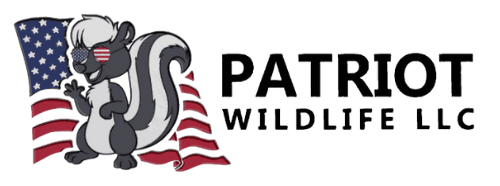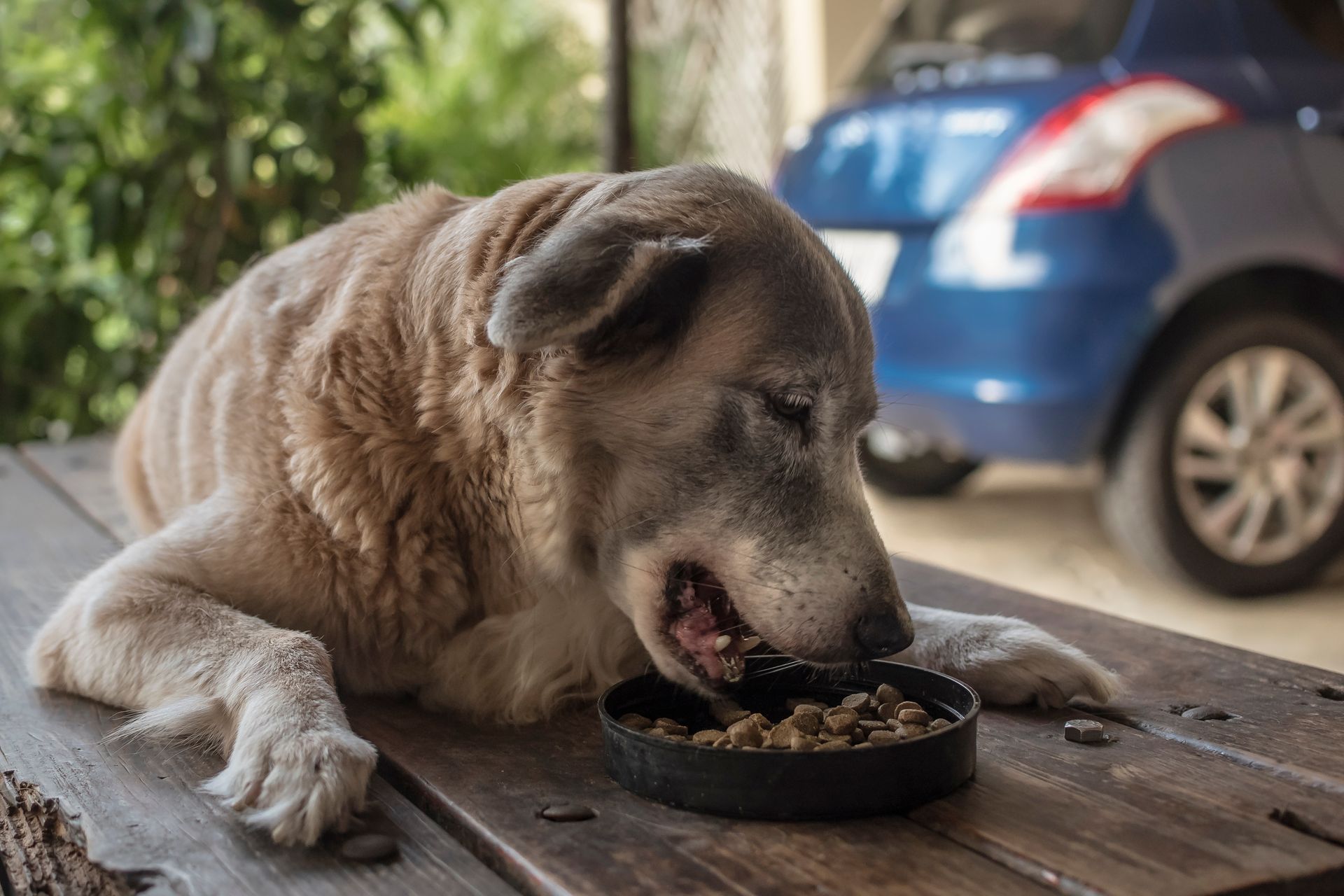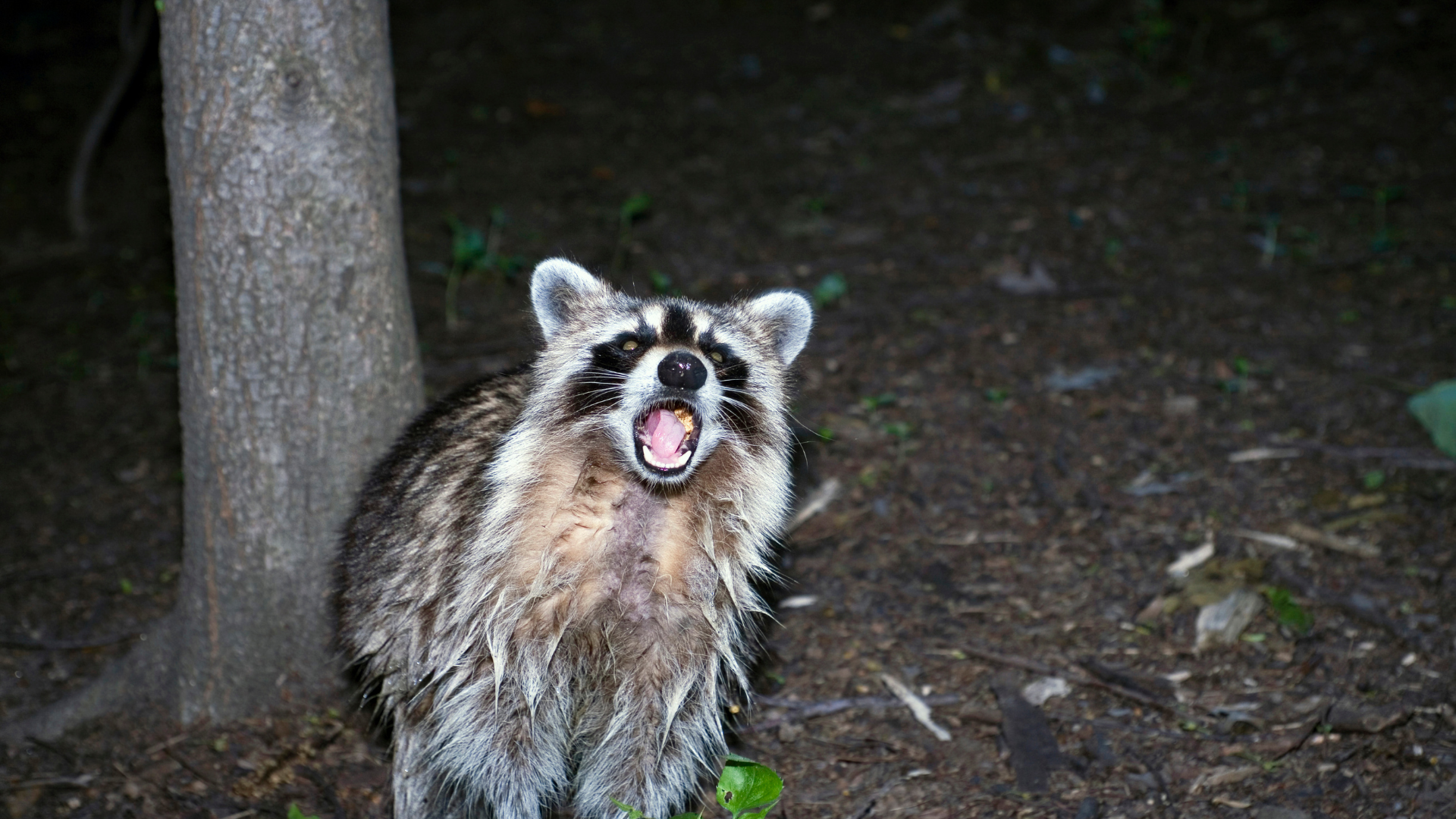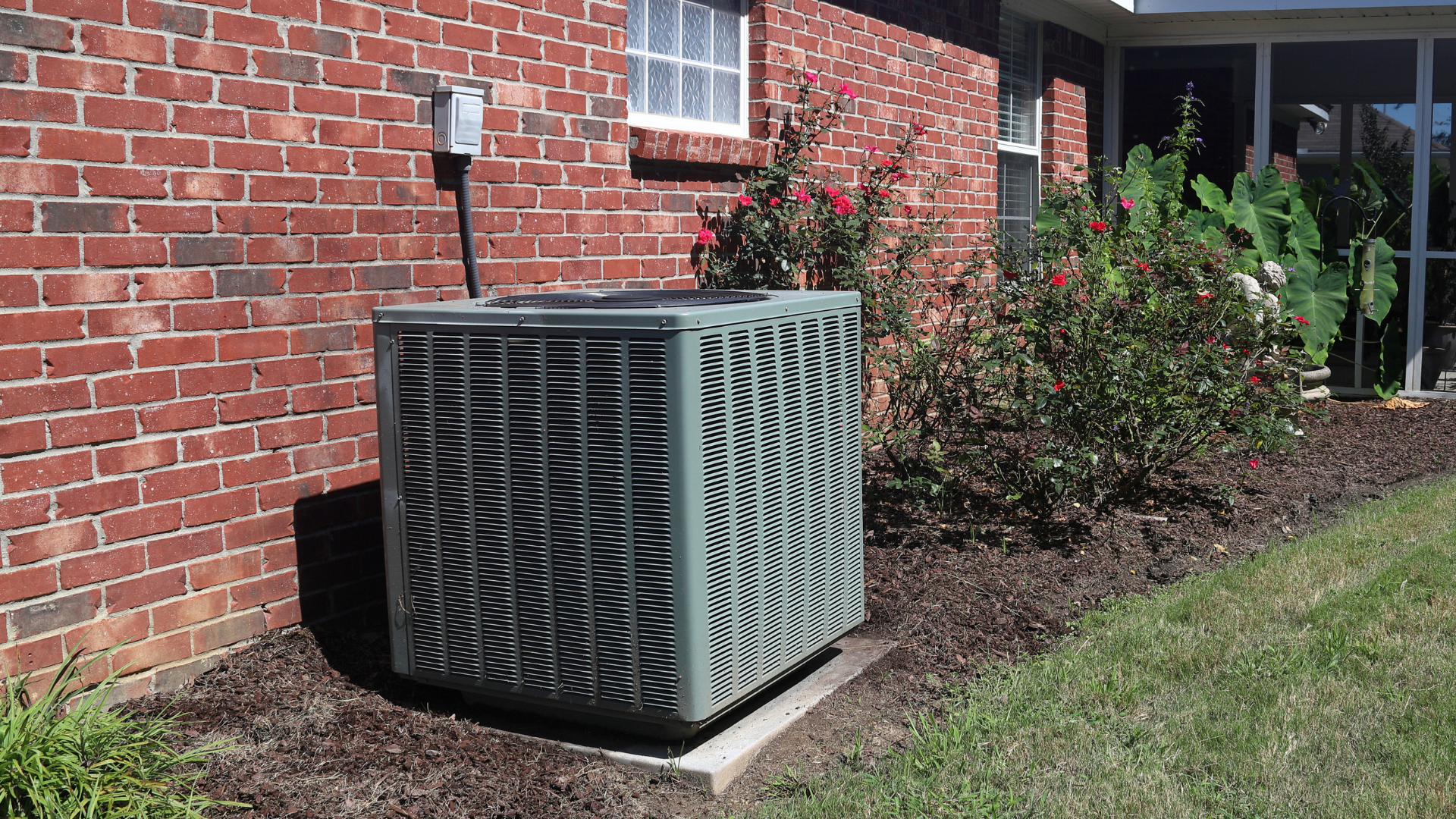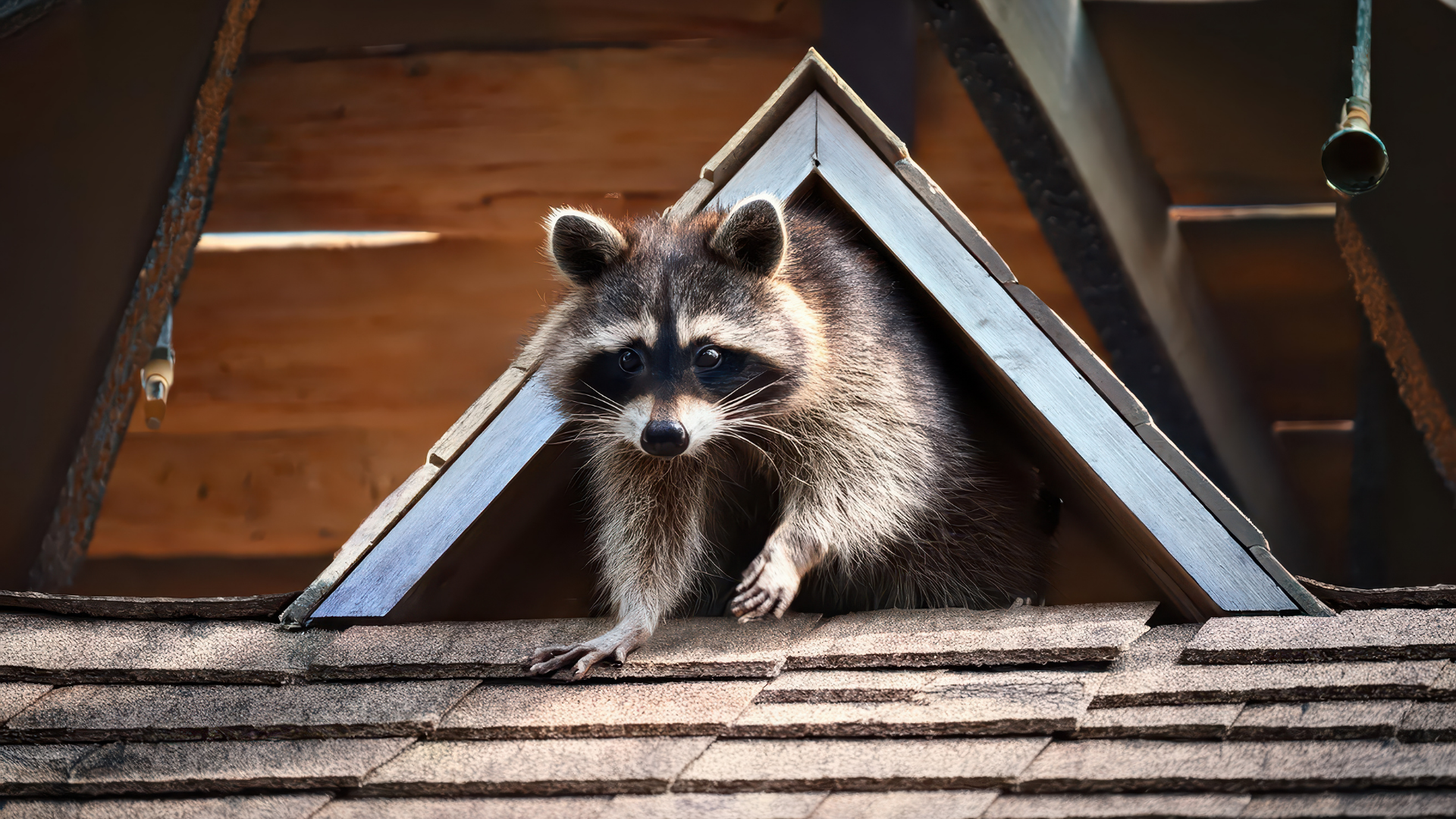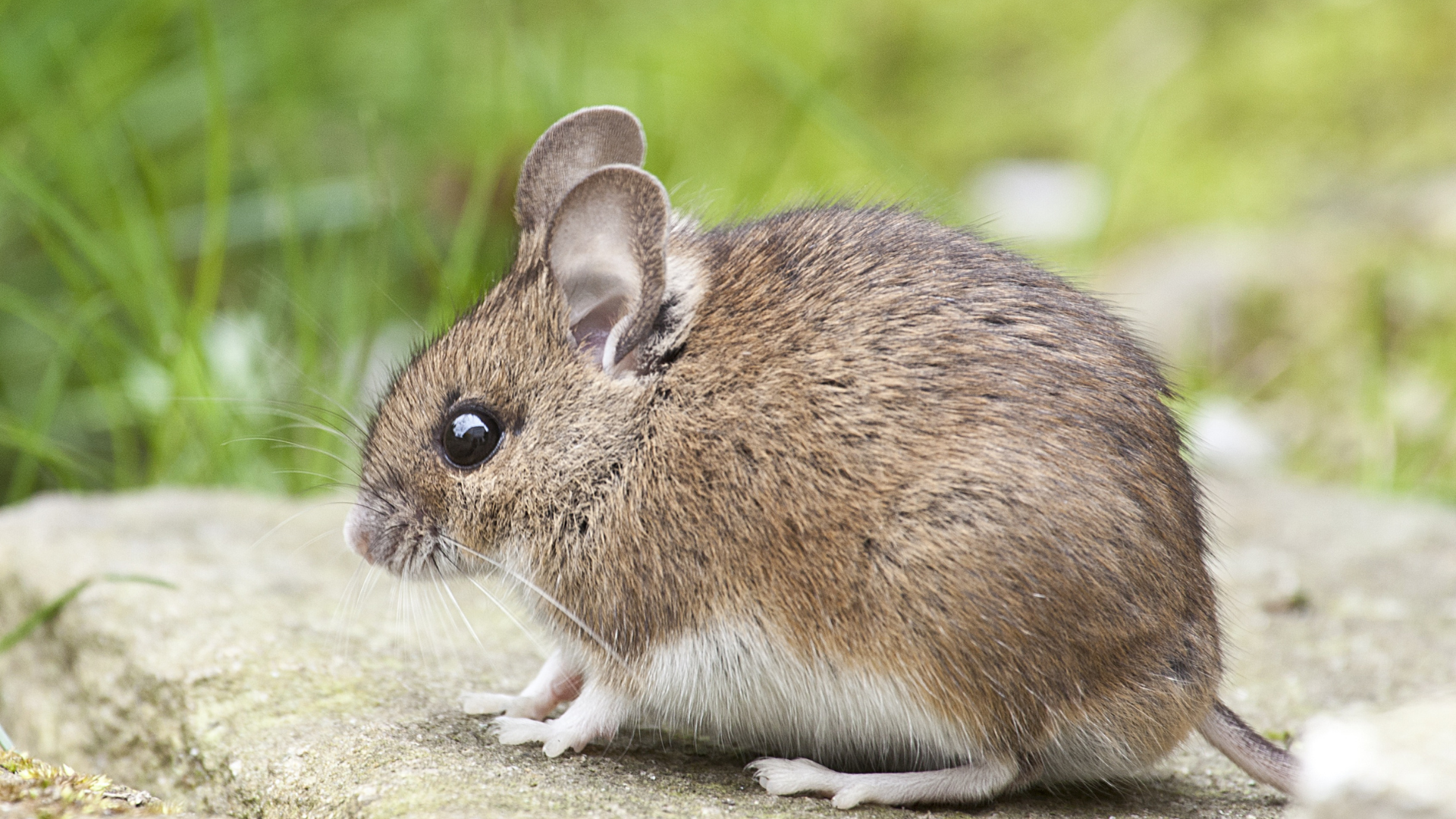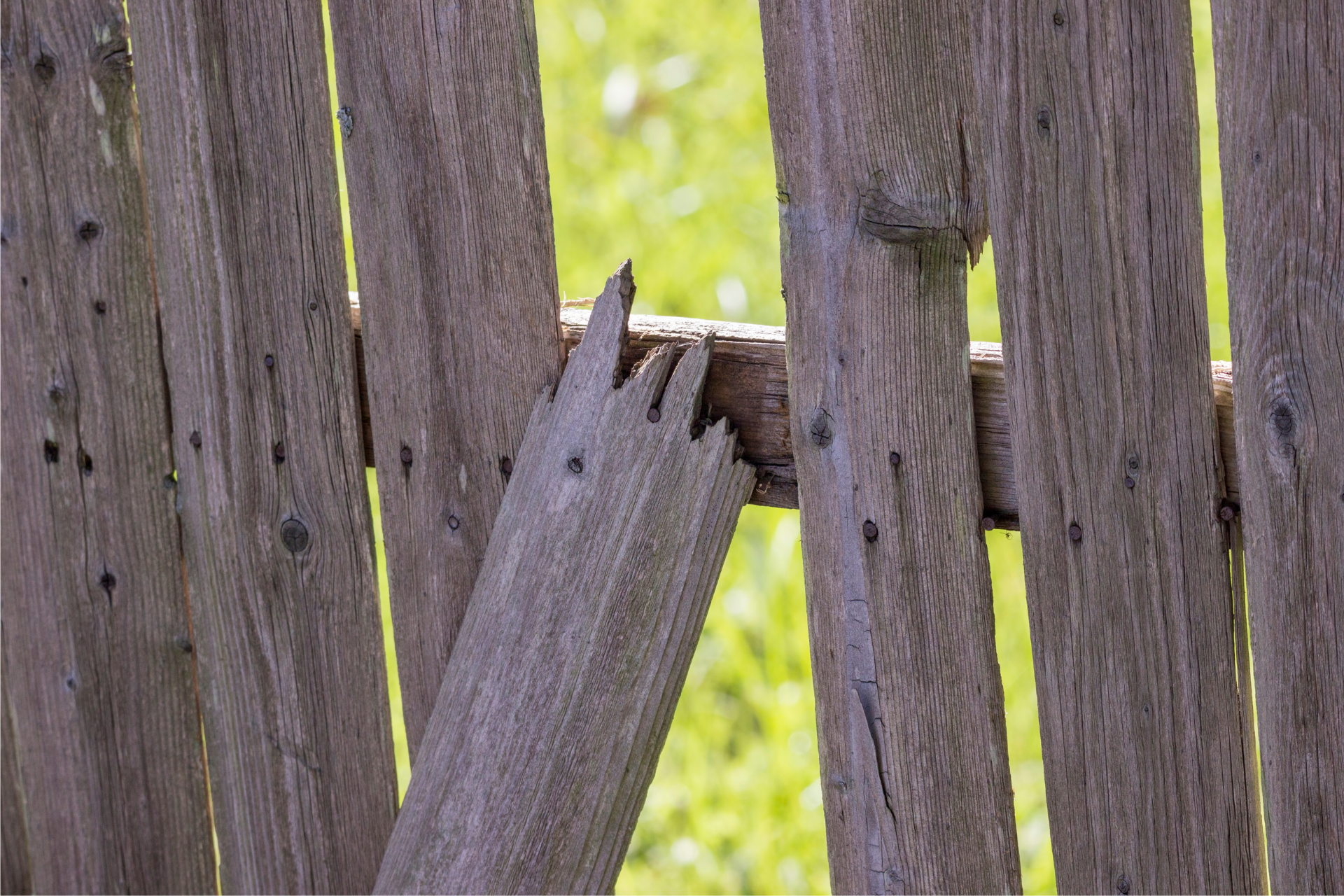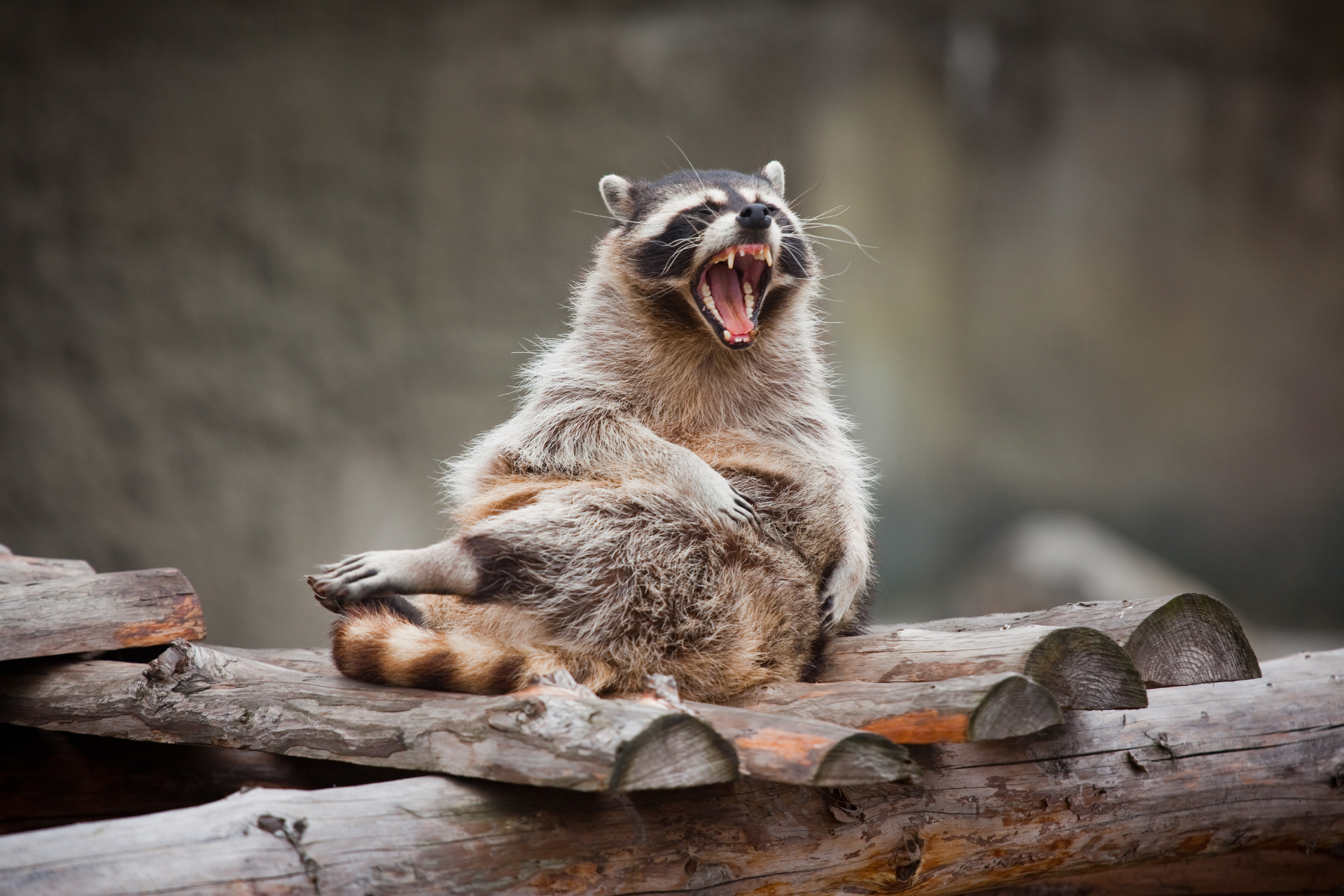The Crazy History Of Nuisance Wildlife In The United States
From Admiration To Issue
The relationship between humans and wildlife has long been complex, shifting between admiration and conflict. Today, numerous species once held in high regard or scarcely noticed have transitioned into significant pests, causing wide-ranging impacts on urban and rural communities alike.
Feathered Friends Or Flying Pests?
Brought over by settlers in the early 1600s, pigeons were used primarily for communication and as a source of food. As cities grew, so did the number of pigeons, finding new niches in expanding urban landscapes. This adaptation to urban life has been so successful that pigeons are now ubiquitous in cities across the country, often referred to pejoratively as "flying rats."
The introduction of starlings to North America is a unique example of how cultural and literary appreciation can lead to ecological missteps. In the late 19th century, a group of Shakespeare enthusiasts, led by Eugene Schieffelin, embarked on a project to introduce every bird species mentioned by the playwright into North America. As part of this project, in 1890 and 1891, Schieffelin released approximately 100 European starlings into New York's Central Park. His intention was purely cultural, aimed at enriching the American avifauna with birds that had a place in Shakespeare's works.
This proliferation has led to significant challenges. The accumulation of pigeon droppings is unsightly and can cause long-term damage to buildings, monuments, and cars by corroding metal and stone. The health risks associated with pigeons are also non-trivial; their droppings can harbor pathogens that cause diseases such as histoplasmosis, cryptococcosis, and psittacosis, posing risks to human health. Additionally, their nesting habits can clog gutters and drains, leading to water damage and the need for costly repairs.
Some Of The Endless Amounts Of Rodents
Nutria, originally native to South America, were brought to the United States in the early 20th century with the intention of bolstering the fur industry. These large, semi-aquatic rodents were seen as ideal for farming due to their soft, dense fur. However, several factors— escapes from enclosures and intentional releases when fur prices plummeted—led to their establishment in the wild across various states, particularly in Louisiana's wetlands.
Once free in these ecosystems, nutria quickly became a formidable invasive species. Their presence in American wetlands has had profound negative impacts, primarily due to their feeding habits. Nutria feed on the roots of wetland plants, which are important for holding soil in place. This feeding behavior leads to significant erosion, as the plants that once stabilized the soil and filtered water are consumed and destroyed.
Brown rats, also known as Norway rats, have a notorious reputation as one of the most ubiquitous and resilient pests in environments across the globe. These rodents originally hail from northern China and began their spread to Europe and the Americas aboard trading ships in the 18th century. Since then, they have firmly established themselves in virtually every city around the world, thriving particularly well in human-modified landscapes.
Their ability to eat a wide range of foods and reproduce rapidly gave them a significant advantage in bustling cities where waste and shelter are plentiful. Brown rats are not just survivors; they are conquerors, often displacing local species and establishing themselves at the top of the urban wildlife hierarchy.
Squirrels, with their playful antics and bushy tails, are a common sight in both urban and rural settings, often seen as charming additions to local parks and backyards. However, beneath their cute exterior lies a range of problematic behaviors that can lead to significant disruptions and economic costs. While squirrels are native to many parts of the U.S., their deliberate introduction into New York parks in the 1870s to enhance the natural aesthetics has led to their overwhelming presence and the challenges associated with their overpopulation.
These agile rodents are infamous for causing electrical outages by chewing through wires and short-circuiting transformers, which not only leads to power losses but can also pose fire risks. Their fondness for gnawing can also extend to homes, where they sometimes chew through siding and insulation to create nesting sites, leading to costly repairs for homeowners. In gardens, squirrels are known troublemakers, digging up bulbs, nibbling on fruits, and stunting the growth of plants with their foraging habits.
Other Nuisance Wildlife Species
Feral hogs in the United States are a testament to the unintended consequences of human actions on wildlife populations. Originally introduced by Spanish explorers in the 1500s for food, and later supplemented by domestic swine released or escaped from enclosures, these animals have thrived in the wild. Over the centuries, their populations have exploded, particularly in the Southern states, where they have become both a nuisance and a significant ecological threat.
These animals are omnivorous and highly opportunistic, eating almost anything they come across, which has led to extensive damage in various environments. In agricultural areas, feral hogs are notorious for their destructive feeding habits, which can decimate crops and lead to significant economic losses for farmers. They root through soil in search of food, which can lead to erosion, decreased soil fertility, and the destruction of native plants.
Burmese pythons, one of the largest snake species on earth, were originally brought to the United States as exotic pets. Due to their challenging care requirements and considerable size, many owners have released them into the wild, where they have established a breeding population, particularly in the Everglades.
The introduction of pythons in the 1970s to this unique ecosystem has had devastating effects on local wildlife. Pythons are apex predators and have significantly reduced the populations of native mammals, including raccoons, opossums, and even deer. Their presence disrupts the food chain and threatens the biodiversity that is critical to the Everglades' ecological health.
If you're dealing with nuisance wildlife, don't hesitate to contact Patriot Wildlife. Our team is ready to provide expert wildlife removal services.
Contact us today for swift and professional assistance with your wildlife concerns.
